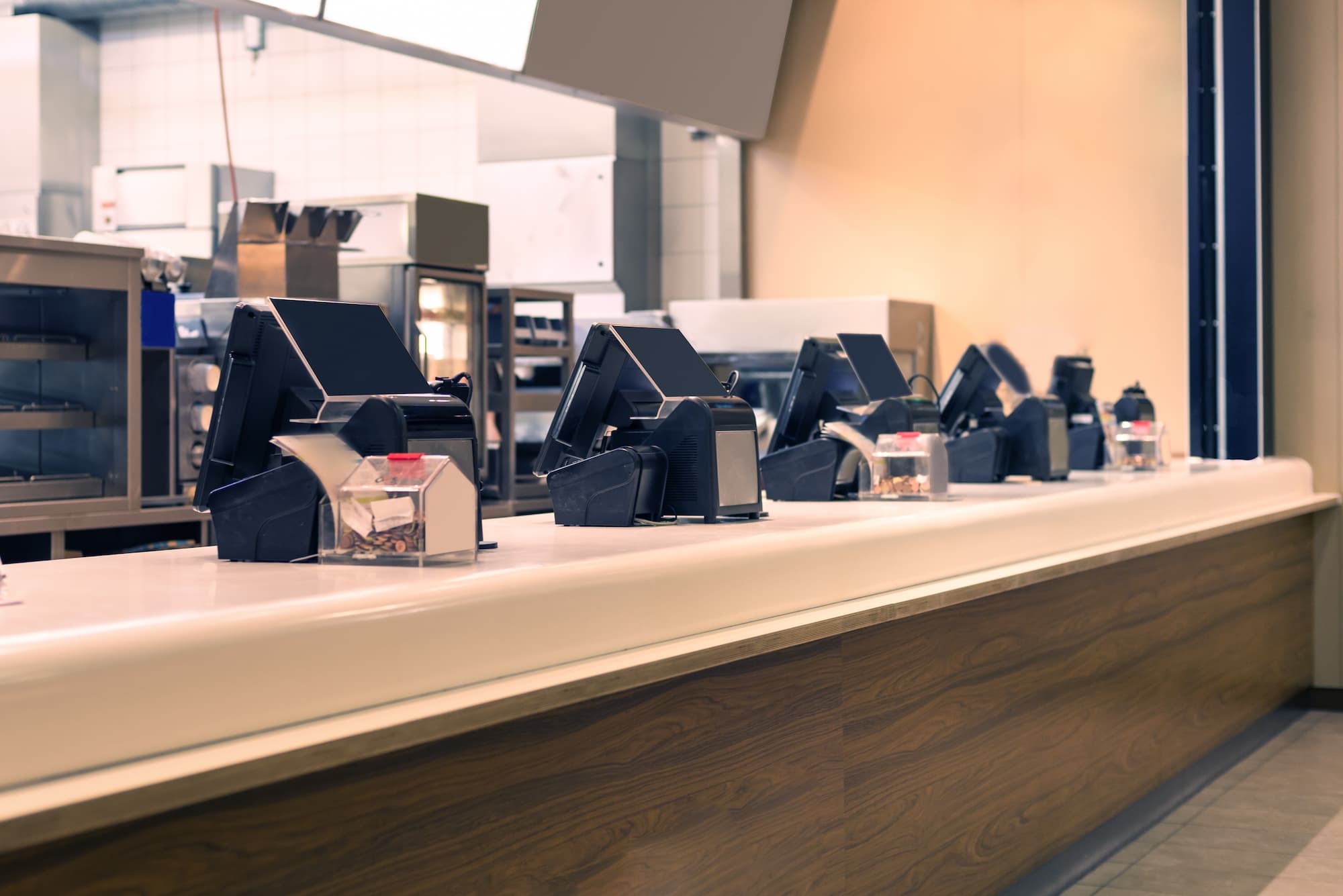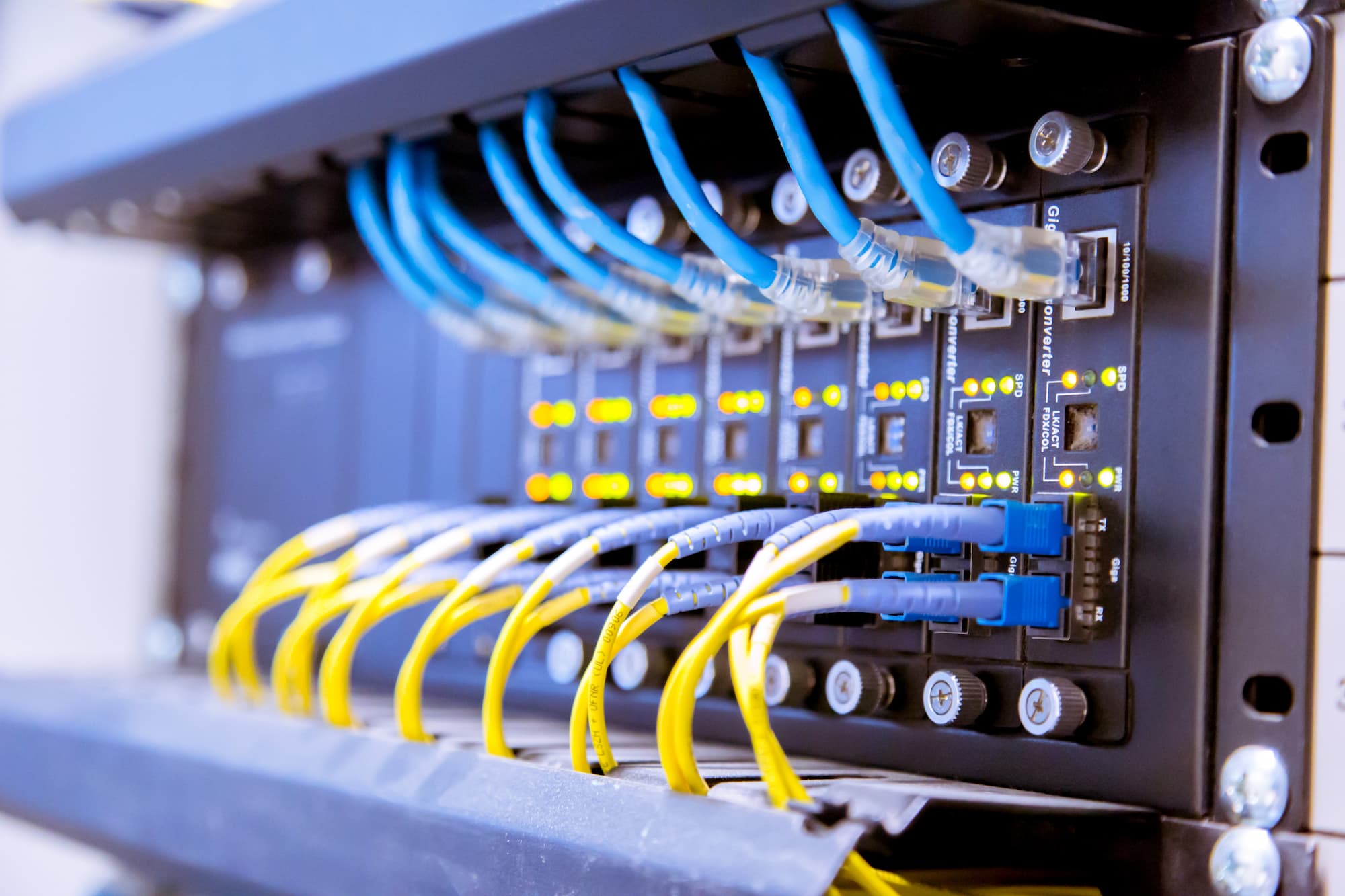Downtime during a restaurant IT deployment can frustrate everyone: customers, unit staff, management, vendors, managed services providers — everyone loses when downtime stops or hampers operations.
Of course, eliminating all downtime isn’t possible. Replacing core systems will almost always require at least a short time where neither the old nor the new system is running. But many examples of extended downtime — the kind that really hurts operations, not to mention customer service — could be avoided with proper planning.
Here are five strategies for minimizing downtime during your restaurant IT deployment, courtesy of Kinettix.
Perform Preventative Maintenance to Mitigate Risk of Unexpected Repairs
It may seem like simple advice, but it’s still worth saying. One of the biggest sources of downtime isn’t scheduled upgrades; it’s unexpected repairs.
When a critical piece of equipment fails, you’re at the mercy of so many factors: service contracts, backlogs, how long it takes a supplier to deliver a replacement part to you, and so on. If you’re unable to continue serving customers (or your efficiency is significantly harmed) while you wait on the repair, you’re simply stuck.
There’s always a chaos factor here: sometimes, equipment just breaks, even when it shouldn’t.
But often, “unexpected” repairs are actually pretty predictable. They occur when restaurants don’t take care of preventative maintenance. By getting your equipment serviced regularly, you’ll be able to catch problems before they turn into outages or outright failures.
Preventative maintenance takes time and costs money, but the time and cost are far lower than the risks associated with unexpected failures and service disruptions.
Keep an Open Line of Communication During Troubleshooting or Installations
When it’s time to install a new QSR tech (or when a field services provider is troubleshooting something that isn’t working), it’s vital to keep an open line of communication. Not every install goes according to plan, but you want to be sure your field services partners or deployment partners will communicate proactively when something isn’t happening as expected.
If you’re a restaurant operator, be sure you know who to contact and how to reach them. And if you routinely can’t get the communication you’re looking for, it’s time to find a new partner.
If you’re a restaurant IT vendor, our advice is similar: make sure your deployment partner is willing and able to keep communication lines open.
Hire an End-to-End Solution So You Can Keep Focused on Operations
The larger your business scales, the larger clients you’ll seek to land. And as you grow, so does the complexity of your restaurant IT deployments. Relying on a scattered network of last-mile deployment techs is one option, but can you really scale the project management necessary to operate this way?
A better approach is to hire an end-to-end restaurant IT solution so that you can stay focused on broader operations. Kinettix offers both project management and coordination in addition to break/fix dispatch. By relying on our more full-service, end-to-end service model, you won’t be hindered as you seek to scale.
We’ve talked before on this blog about the value of hiring an end-to-end solution for deployment and enablement. If you remain unsure of the value of an end-to-end solution for restaurant IT, you might also want to check out our case study on QSR dispatch.
Invest in Reliable QSR Tech
This point is more for restaurant decision-makers and vendor-resellers than for vendors bringing their own solutions to market, but make sure that as you invest in new QSR tech, you’re investing in deployments that will last.
Not every new device to hit the market will stand the test of time. Some vendors might be chasing trends or fads rather than developing truly useful, well-built products.
Take the time to vet solutions thoroughly, making sure anything you sell or buy is well-made and reliable.
Not sure where to start in the vetting process? A quality MSP or deployment partner can help you in this process, too.
Schedule Service When Restaurants Are Closed (or During Low-Traffic Periods)
Last, whenever possible, schedule service (including preventative maintenance and new restaurant IT deployments) for periods when the restaurant is closed. Things can and do go wrong during service calls, and you don’t want that happening in the middle of a mealtime rush. Scheduling during off hours also gives a generous buffer so that techs can resolve any problems that do occur, hopefully before the restaurant reopens the next day.
For QSRs that are open 24 hours, schedule service during low-traffic periods (for most, this would be the overnight window).
Kinettix is a global enablement partner for restaurant IT and QSR tech deployments. We offer end-to-end service, and our teams pride themselves in open communication and timely completion of service.
To see more of what Kinettix can do for you, call or schedule a consultation today.






